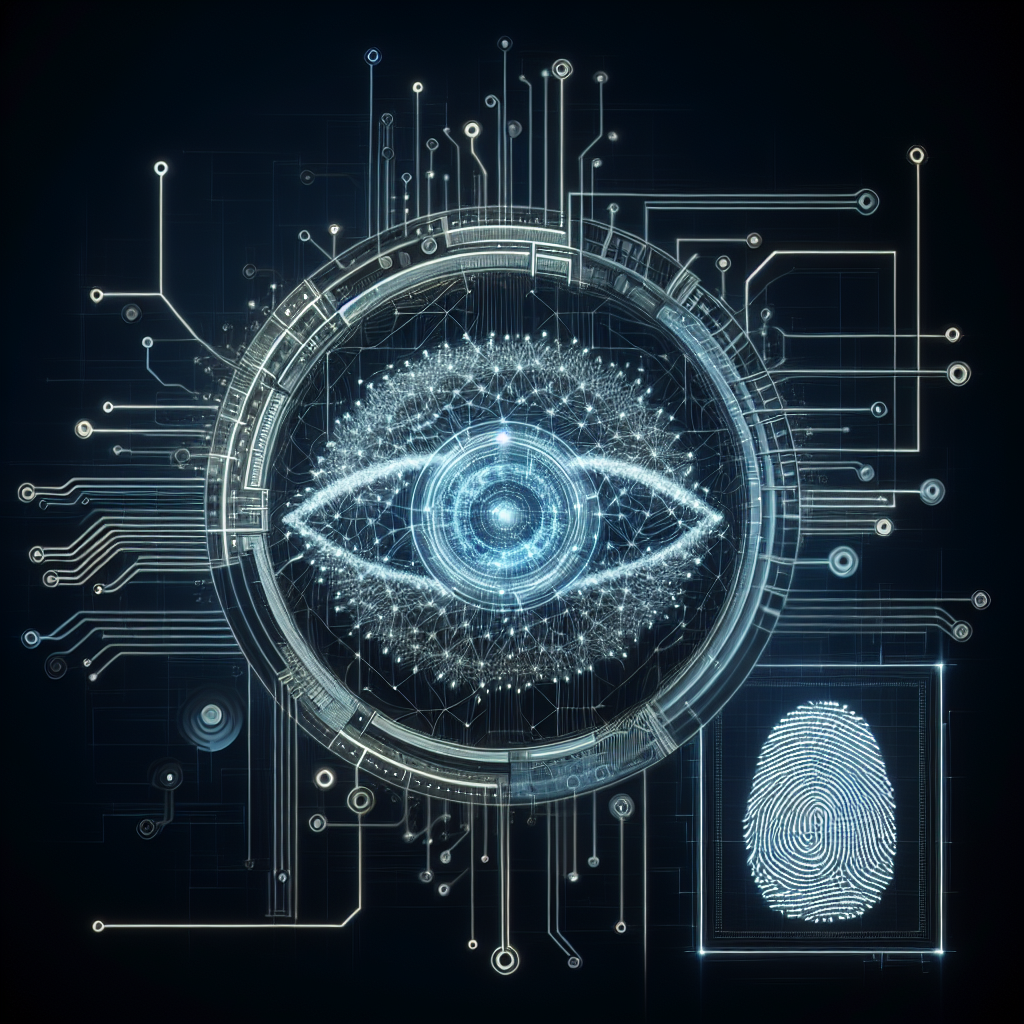Artificial Intelligence (AI) has revolutionized the way we live, work, and interact with the world around us. From self-driving cars to virtual assistants, AI technology is becoming increasingly integrated into our daily lives. One area where AI is having a significant impact is in the realm of biometric privacy.
Biometric data refers to unique physical or behavioral characteristics of an individual that can be used for identification purposes. This includes fingerprints, facial recognition, voice patterns, and iris scans, among others. As the use of biometric technology becomes more widespread, concerns about the protection of biometric privacy have come to the forefront.
AI plays a crucial role in the collection, storage, and analysis of biometric data. Machine learning algorithms are used to identify and authenticate individuals based on their biometric traits, making it easier and more convenient to access devices, systems, and services. However, the use of AI in biometric technology also raises important ethical and legal considerations regarding privacy and security.
One of the main challenges in protecting biometric privacy is the risk of data breaches and unauthorized access to sensitive information. Biometric data, unlike passwords or PINs, cannot be easily changed if compromised, making it a valuable target for hackers and cybercriminals. AI-powered systems that store and process biometric information must be designed with robust security measures to prevent unauthorized access and protect user privacy.
Another concern related to AI and biometric privacy is the potential for misuse or abuse of biometric data by governments, corporations, or other entities. Facial recognition technology, for example, has been criticized for its potential to infringe on civil liberties and enable mass surveillance. Without proper safeguards in place, AI-powered biometric systems could be used to track individuals without their consent or knowledge, leading to serious privacy violations.
In response to these challenges, policymakers and regulators around the world are beginning to take action to protect biometric privacy. The European Union’s General Data Protection Regulation (GDPR), for example, includes provisions that govern the processing of biometric data and require explicit consent from individuals before their biometric information can be collected and used. Similarly, the California Consumer Privacy Act (CCPA) includes specific requirements for the collection and handling of biometric data by businesses operating in the state.
In addition to regulatory measures, there are also technological solutions that can help enhance the protection of biometric privacy in the age of AI. For example, encryption techniques can be used to secure biometric data while it is being stored or transmitted, ensuring that only authorized users can access and use the information. Biometric authentication systems can also be designed to incorporate multi-factor authentication methods, such as combining facial recognition with a PIN or password, to provide an extra layer of security.
Furthermore, advancements in AI itself can be leveraged to enhance the protection of biometric privacy. For instance, researchers are working on developing AI algorithms that can detect and prevent deepfake attacks, where biometric data is manipulated or spoofed to impersonate individuals. By using AI to detect and mitigate these threats, the integrity and security of biometric systems can be strengthened.
Despite these efforts, the protection of biometric privacy remains a complex and evolving challenge. As AI continues to advance and biometric technology becomes more prevalent, it is crucial for policymakers, industry stakeholders, and consumers to work together to address the ethical and legal implications of using biometric data in AI-powered systems.
In conclusion, AI has the potential to greatly enhance the security and convenience of biometric technology, but it also raises important concerns about privacy and data protection. By implementing robust security measures, adhering to regulatory requirements, and leveraging AI advancements, we can ensure that biometric privacy is safeguarded in the age of AI. Only by working together to address these challenges can we fully realize the benefits of AI while protecting the privacy and security of individuals.
FAQs:
1. What is biometric privacy?
Biometric privacy refers to the protection of individuals’ unique physical or behavioral characteristics, such as fingerprints, facial recognition, voice patterns, and iris scans, from unauthorized access or misuse.
2. How does AI impact biometric privacy?
AI technology is used to collect, store, and analyze biometric data, making it easier to identify and authenticate individuals. However, AI also raises concerns about the security and privacy of biometric information.
3. What are the risks of using AI in biometric technology?
The main risks include data breaches, unauthorized access, misuse of biometric data, and potential violations of civil liberties through mass surveillance.
4. How can biometric privacy be protected in the age of AI?
By implementing robust security measures, adhering to regulatory requirements, and leveraging AI advancements, we can enhance the protection of biometric privacy in AI-powered systems.

